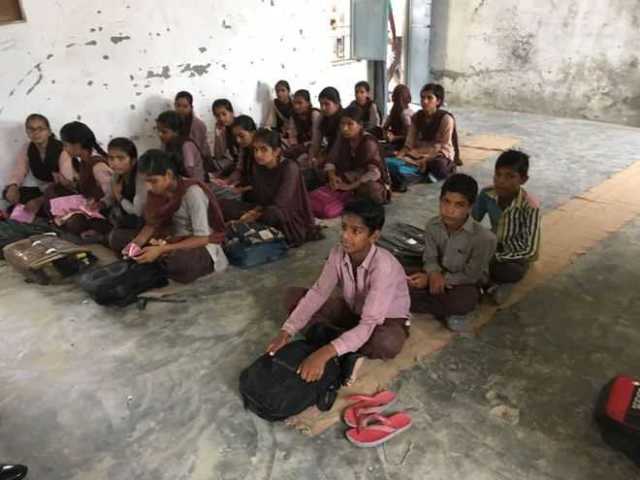New Delhi, 25 September 2020: The Pandemic has thrown life out of gear, more so because of the sudden and unplanned lockdowns. School-going children are one of the worst-affected lots. When the lockdown was announced first in March, nobody knew how long it was going to last and how it was going to impact lives. However, several months into the lockdown, the impact is visible on children. As per various estimates, more than 28 crore children have been affected due to school closure and are not being able to continue their studies by any means.
A policy report by Centre for Budget and Governance Accountability (CBGA) and Child Rights and You (CRY) highlights few of such facts. As per the report, in India, school closures have affected 32 crore students and only 3.76 crore children across 16 states are continuing education through various means developed during the lockdown such as online classrooms and radio programmes etc.
A recent survey done in West Bengal has found that child labour among school-going children has increased by 105% during the pandemic. Another survey by Save the Children during the pandemic reports the discontinuation of children’s education in 62% of the surveyed households with 67% in rural and 55% in urban areas, respectively.
Widespread unemployment and income loss will hinder the ability of households to keep their children in schools. This impact will be greater for poorer households who might face budget constraints. This will cause children to drop out of schools and be pulled into economic activities to support their parents’ in earning, says the report.
The situation of dropout rates and out-of-school children was already poor even prior to COVID-19. According to NSS-75 Round Household Survey 2017-2018, around 3.22 crore children in the 6-17 year age group are out of school, 31% of whom have never attended any school. The major reasons cited for being out-of-school are engagement in economic activities and participation in household chores.
Quoting UNESCO, the CBGA and CRY report estimates that globally, 2.38 crore children, adolescents and youth (pre-primary to tertiary) are at a risk of not returning to care centres, schools, and universities. Out of these 59.5 lakh are from South and West Asia, which is also the highest compared to other regions. India specific estimates are not available but it is quite clear that the country would be badly affected here too.
The report also suggests few measures which can minimise the impact:
- The Government should provide scholarships to all the beneficiaries who have applied and it should also distribute monetary (direct cash transfer) and non-monetary incentives (including textbooks, stationary, mobiles, laptops, data package, rations etc.) with immediate effect.
- The Government should allocate more resources for a survey in identifying out-of-school children. The budgetary provision for mainstreaming out-of-school children under SMSA needs to be increased substantially.
- The Government should ensure free public provisioning of secondary education (IX-XII standard) and extend the RTE Act to cover children in the 15-18 year age group.









.jpg)




